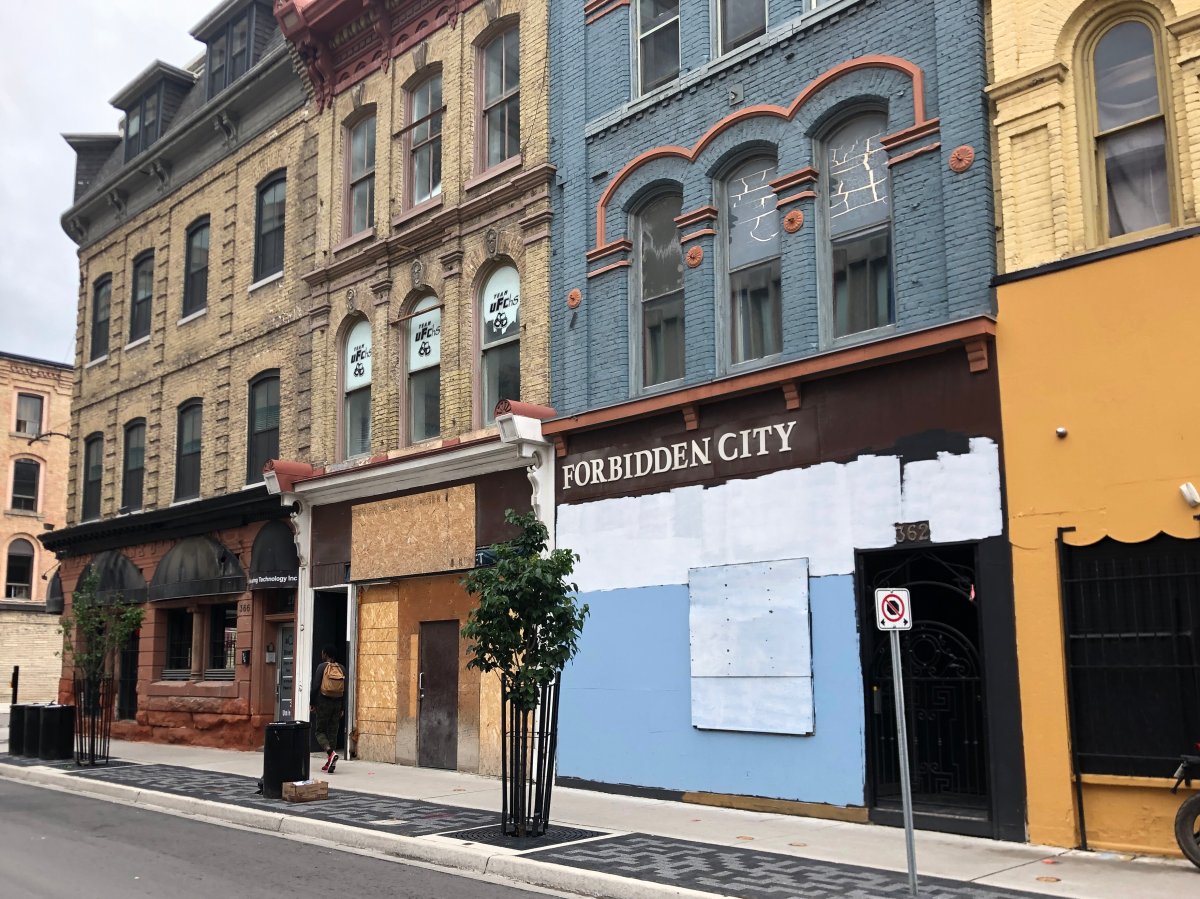A report coming to a committee meeting in London, Ont., Tuesday states the downtown core’s commercial vacancy rate is 24.6 per cent.

In the report, staff outline that the high vacancy rate will not be an easy, cheap or quick fix, with multiple paths forward for council to consider.
The 24.6 per cent vacancy rate is as of September 2022. While noting the COVID-19 pandemic played a role, the report states the pre-pandemic vacancy rate was only six per cent lower than the current rate, inferring a structural vacancy issue.
The report outlines numerous factors contributing to the high vacancy rate, including perception of safety in the downtown, lowering demand for commercial space and concentration of ownership.
According to the report, 59 per cent of all core area commercial office space is controlled by one owner.
Another issue the report raises is that many of the current office buildings are aged and lack modern amenities.

Commercial spaces are classified into three categories: Class A, B and C. Class A is considered to be a newer building in a prime location with modern amenities, like One London Place. Classes B and C are each of lesser quality and often require redevelopment.
London has a higher proportion of Class B and C buildings, with 31 categorized as Class B and 17 as Class C compared to just 12 Class A.
To help counter the high vacancy rates, city staff have put forward 23 measures that could be implemented to address the issue.
Speaking ahead of the meeting, Mayor Josh Morgan tells Global News the ideas provided offer an excellent first step.
“Staff have … created some realistic approaches,” said Morgan.
Some of the options that will be considered include boosting financial incentive programs, converting office space into residential units and purchasing vacant lands and surface-level parking lots.
“We all want to think office conversions, going from commercial to resident is going to be something that can work, but (staff) give a very frank assessment of… the limits on a strategy like that,” added Morgan. “But those limits don’t mean there aren’t some opportunities.”
The report outlines that converting Class B and C office space into residential units could cost at least $10 million per building.
The options with a financial impact will be referred to the 2024-2027 multi-year budget process.
The strategic priorities and policy committee – consisting of all councillors – will discuss the report on Tuesday beginning at 4 p.m.








Comments